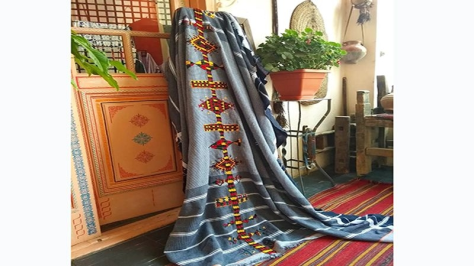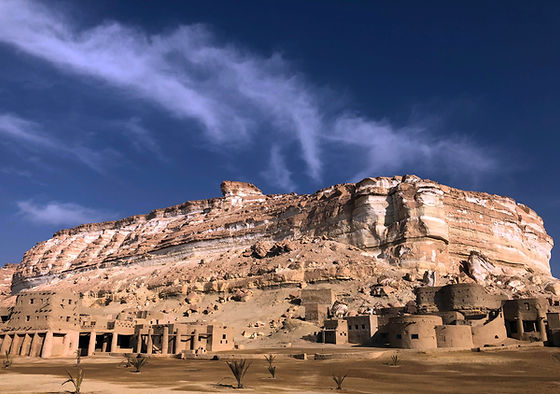Source: thezay.org
Introduction
Overview of Siwa Handicrafts
As I stepped into the vibrant world of Siwa handicrafts, I was immediately captivated by the intricate designs and the tales woven into each piece. Siwa, located in the heart of the Egyptian desert, is renowned for its unique handicrafts that represent a blend of tradition and creativity. From exquisite pottery to intricate textiles, these crafts showcase the skill and artistry of local artisans.
Cultural Significance
The cultural significance of Siwa handicrafts goes beyond aesthetics; they are a reflection of the community’s heritage and identity. Each craft tells a story, with patterns and colors deeply rooted in the rich history of the Siwi people. For instance, the unique motifs found in Siwa pottery symbolize the bond between the people and their environment. Key points to note:
- Handicrafts as a means of storytelling
- Preservation of cultural identity
- Empowerment of local artisans through craftsmanship
Through these meaningful creations, Siwa artisans not only uphold traditions but also foster a sense of belonging and pride within the community.
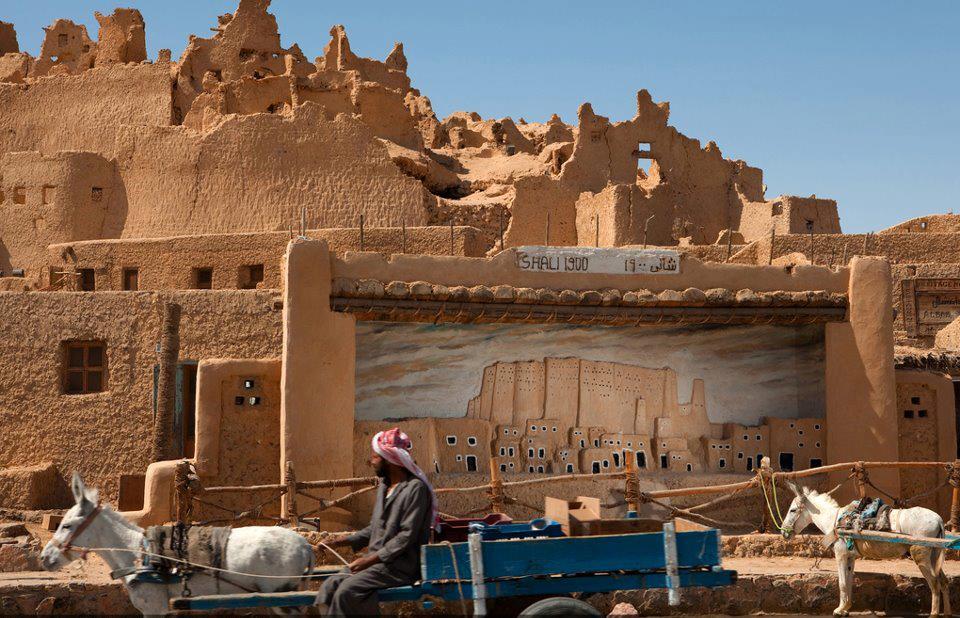
History of Siwa Handicrafts
Traditional Techniques
Delving into the history of Siwa handicrafts, I was amazed to discover the traditional techniques passed down through generations. Each artisan meticulously employs methods such as hand-throwing pottery and natural dyeing for textiles. Some notable traditional techniques include:
- Kiln-fired ceramics: Ensuring durability and vibrant colors.
- Hand-stitched embroidery: Reflecting intricate skill and precision.
These age-old practices not only showcase craftsmanship but also connect artisans to their ancestry.
Influences Over Time
As I explored further, I found that Siwa’s handicrafts have evolved, shaped by various influences over the years. From contact with different cultures, such as the Berbers and the Egyptians, to modern globalization, these interactions have enriched Siwa’s artisan techniques and styles.
- Cultural exchanges with neighboring regions introduced new patterns and motifs.
- The rise of tourism sparked a demand for unique souvenirs, encouraging innovation without sacrificing tradition.
Witnessing this blend of the old and the new was both inspiring and enlightening, underscoring the resilience and adaptability of Siwa’s rich handicraft legacy.

Types of Siwa Handicrafts
Pottery and Ceramics
Exploring the diverse types of Siwa handicrafts, I was particularly drawn to the stunning pottery and ceramics. Local artisans expertly craft each piece, often using natural clay sourced from the surrounding desert. The vibrant glazes and unique designs serve both functional and decorative purposes.Key features of Siwa pottery include:
- Intricate patterns: Reflecting the region’s cultural heritage.
- Unique glazing techniques: Resulting in vibrant, lasting colors.
Each item tells a story, and owning a piece feels like having a slice of history.
Embroidery and Textiles
Moving on to textiles, Siwa’s embroidery is nothing short of breathtaking. Handcrafted textiles often feature vivid colors and geometric designs that hold both aesthetic and cultural significance.Some highlights include:
- Traditional garments: Often adorned with elaborate embroidery that signifies status and identity.
- Textile techniques: Utilizing natural fibers and dyes, which not only respect the environment but also enhance the fabric’s authenticity.
As I handled these creations, I felt a deep appreciation for the skill and artistry that make Siwa’s handicrafts so remarkable. Each stitch and curve reflects a rich cultural narrative waiting to be discovered.
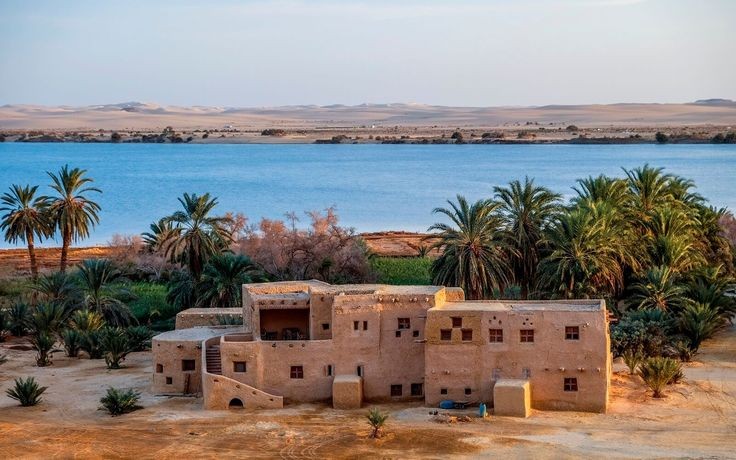
Unique Characteristics
Symbolism in Designs
One of the most fascinating aspects I discovered about Siwa handicrafts is the rich symbolism embedded in their designs. Each pattern isn’t just decorative; it carries deep meanings, often representing aspects of nature, spirituality, or community values. For example, the spiral motifs are frequently interpreted as a symbol of life and continuity, connecting the past with the present. This thoughtful inclusion of symbolism truly makes each piece a narrative in itself.
Materials Used
As I examined the materials used in Siwa handicrafts, it was clear that artisans have a profound respect for the environment. They primarily rely on locally sourced items, ensuring sustainability and authenticity.Some commonly used materials include:
- Natural clay for pottery: Sourced from the desert, providing unique textures.
- Organic dyes for textiles: Derived from plants and minerals, imparting vibrant colors.
Witnessing this harmonious relationship with nature resonates deeply, adding an enriching layer to each handcrafted piece. It’s not just about the craft; it’s about honoring the land and its traditions.

Artisans of Siwa
Master Craftsmen
The artistry behind Siwa handicrafts would not be possible without the dedicated master craftsmen who breathe life into these creations. I met artisans who have dedicated decades to perfecting their craft, often learning from family members and community elders. Their expertise is palpable in every piece they create, showcasing techniques that have been honed over generations.What struck me most was their passion for teaching younger generations, ensuring the craft thrives.
Female Artisans Empowerment
Equally inspiring is the empowerment of female artisans in Siwa. Women are central to the creation of intricate textiles and embroidery, often contributing significantly to their households. Through workshops and initiatives, I witnessed how these women are gaining financial independence and social standing.
- Collective efforts: Many form cooperatives to support one another in their craft.
- Skill development programs: Providing training and resources to enhance their techniques.
This supportive network not only fosters creativity but also emboldens women to share their stories through their art, enriching the cultural tapestry of Siwa.
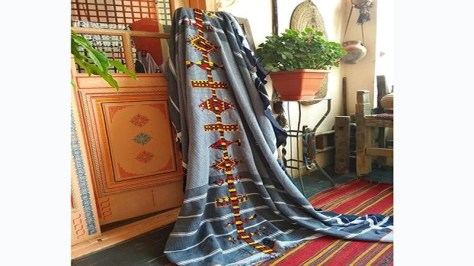
Preservation Efforts
Government Initiatives
As I explored Siwa’s handicraft scene, it was heartening to learn about various government initiatives aimed at preserving these invaluable traditions. The local government has recognized the importance of handicrafts to the cultural heritage and economic vitality of Siwa, funding programs designed to support artisans.Some notable efforts include:
- Craft fairs and exhibitions: Showcasing local talent to attract tourism.
- Training programs: Offering workshops to ensure skills are not lost.
These initiatives not only empower artisans but also foster a larger appreciation for their craft.
NGO Support
In addition to governmental efforts, numerous NGOs actively support Siwa’s artisans. I encountered organizations dedicated to promoting sustainable practices and helping artisans expand their markets. Key contributions include:
- Funding for materials: Ensuring artisans have access to quality resources.
- Market access workshops: Teaching artisans how to sell their crafts effectively, both locally and internationally.
This synergy between NGOs and artisans creates a supportive network that revitalizes traditional crafts, making them more resilient in the face of modern challenges. Seeing these collaborations inspired me, as it embodies the spirit of community and the commitment to preserving a rich cultural heritage.

Popularity Beyond Siwa
International Recognition
As I immersed myself in the world of Siwa handicrafts, it became clear that their allure extends well beyond the region. Artisans have gained international recognition, showcasing their crafts at global fairs and exhibitions. The intricate designs and vibrant colors of Siwa pottery and textiles consistently capture the attention of art lovers and collectors worldwide.Highlights of this recognition include:
- Exhibitions in major cities: Spreading awareness of Siwa’s unique culture.
- Collaborations with international brands: Elevating the craftsmanship on a global platform.
Seeing the admiration for these crafts was truly heartwarming.
Modern Adaptations
Moreover, it’s exciting to witness how Siwa artisans are adapting their traditional crafts for contemporary markets. They’ve ingeniously blended traditional techniques with modern designs, appealing to a younger audience.Some examples of these adaptations are:
- Home décor items: Transforming traditional pottery into trendy decorative pieces.
- Fashion collaborations: Merging Siwa embroidery with contemporary clothing styles.
These modern twists not only preserve the cultural heritage but also ensure that the artistry of Siwa remains relevant today. It’s a beautiful fusion of the past and present that inspires everyone involved!

